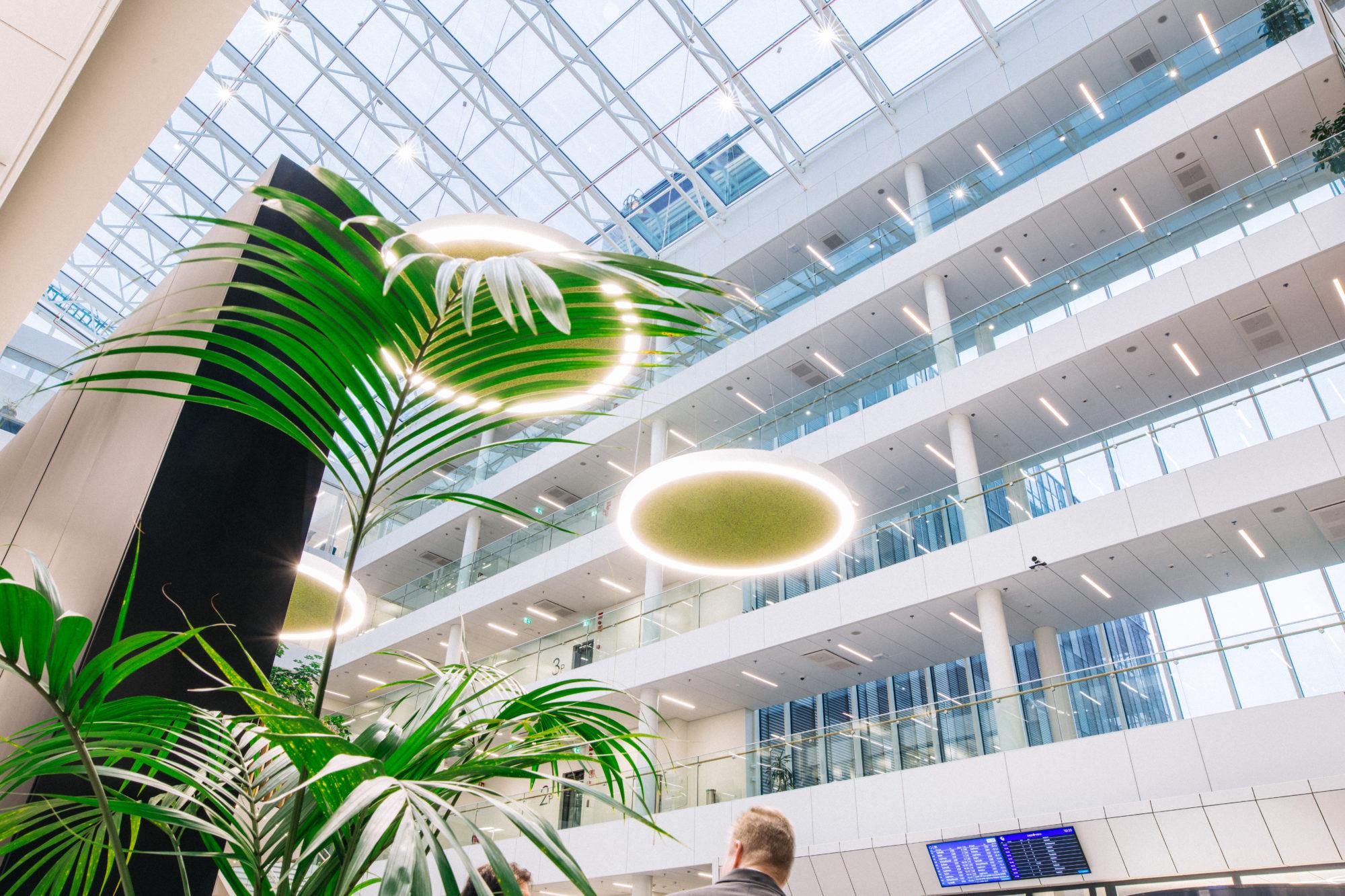WRITTEN BY HENRI JUSLÉN
Henri Juslén, Helvar’s Chief Future Illuminator, focuses together with his team on lighting, research, university co-operation, IPR, standards and AI-solutions. With over 40 years of life experience and over 20 years of lighting experience, Henri is a true veteran of the lighting industry. Henri holds a number of qualifications including a D.Sc in tech and the WELL AP credential.
If you sit in the same spot every week, you will notice repeated patterns. For example, if you go to the park every Saturday, you will start to notice that the same lady with her dog is in the park every Saturday as well. Naturally, you start to recognise changes, for example, with social distancing or even bad weather, there might be more or fewer people. You might miss a group of runners who “should” be running next to a pond at 10am. You notice these activities all without actively communicating with anyone. This is just the seeing part, our other senses come in to play too. In a similar way that we remember voices and smells, our senses play a big role in unconsciously learning to memorise patterns and connections. If you are in your regular spot at the park every Saturday, other regular park users memorise you and at some point, you start to feel like you kind of know each other, and start nodding, saying hello and eventually you may even start to exchange a few words.
We can learn and be smart without a continuous connection to other people. From a learning point of view, there are differences between human beings and “intelligent” luminaires. As we know, the intelligence of luminaires is somewhat limited. However, there are interesting similarities to human beings when it comes to learning patterns and reacting to the environment. Luminaires equipped with ActiveAhead have “senses” (light sensor and PIR), the ability to communicate (BLE) and memory. They do not get tired and actually, their memory is even better than ours when it comes to recording what their “senses” have seen.
An important feature of ActiveAhead is the ability to see the light and an advanced ability to measure the amount of light. This technological measuring sense is much better than our human sense. ActiveAhead is clever- it uses its light sensor for collecting information about the environment. It sees when neighbouring luminaires are turning on or off, and when they are dimming up and down. It uses its communication ability to tell how it is controlling its light output. Other luminaires use this information and their light sensor inputs to understand relations and locations of other luminaires. They then record what they see and hear in their “memory bank”. They look at logical connections and start to be able to predict what will be happening in their environments. Then they can start acting and changing light outputs according to these smart models. To us humans, it would look like they are acting intelligently but only if we could notice exactly what they are doing. ActiveAhead luminaire changes happen so fluently and smartly that most probably we do not notice.
Consequently, having an intelligent luminaire which learns by itself means that we don’t have to worry about it. It is just working and working and creating an optimum environment for us, and at the same time optimising energy usage as well. The best thing is that ActiveAhead has intelligence without any feelings, so it doesn´t mind if you don’t pay any attention to it. An intelligent luminaire is just an enabler- it allows you to focus on yourself, your tasks and your teammates, friends and relatives. It gives you the time to appreciate the beauty of light so make time to experience it, whether it be at the office or maybe a nearby park.

